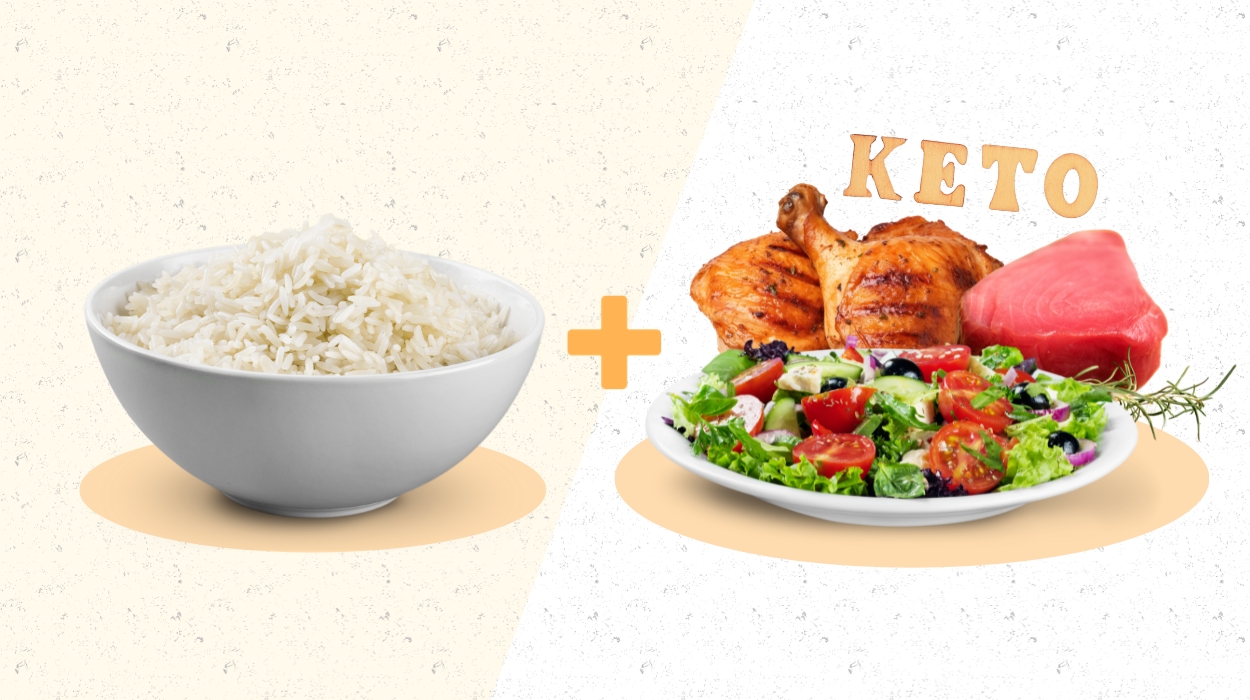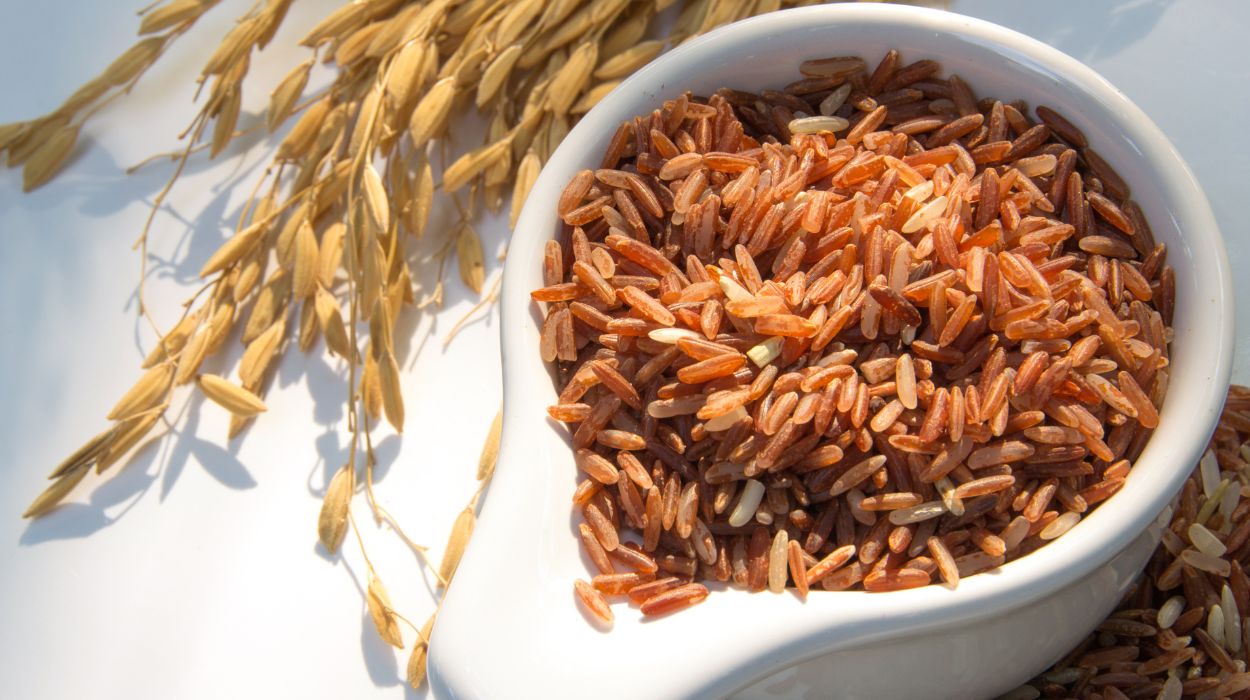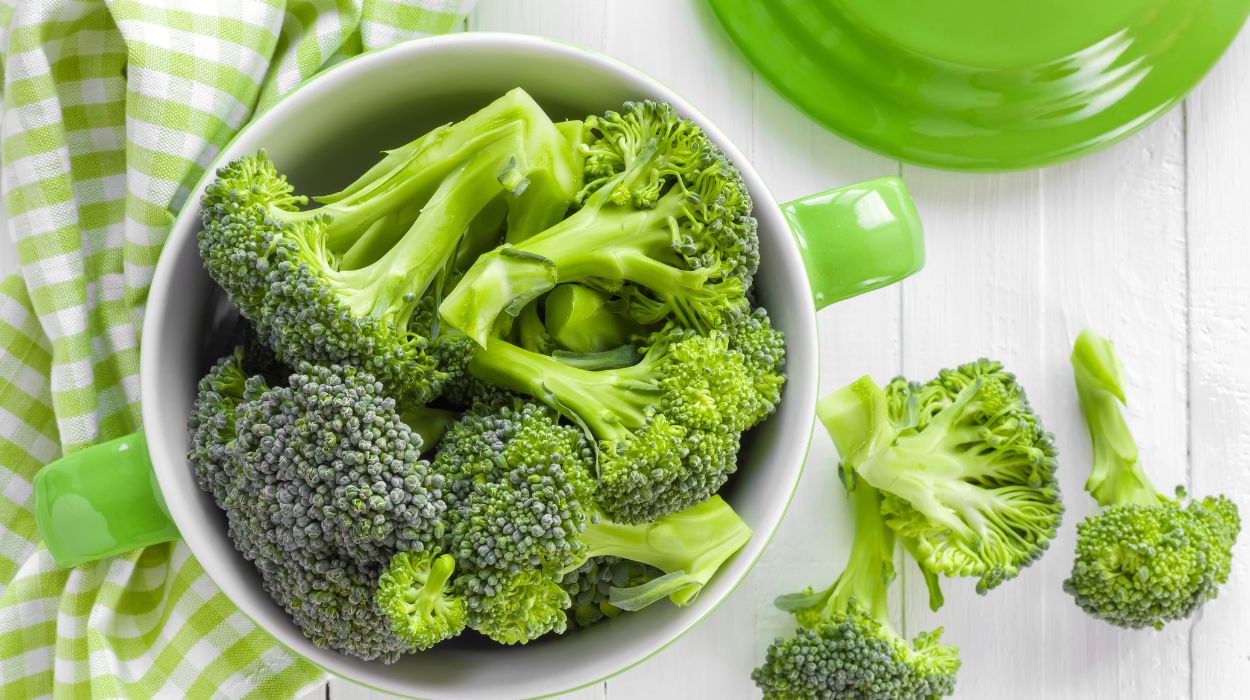 Expert's opinion
Expert's opinion
Expert's opinion
The article is a subjective view on this topic written by writers specializing in medical writing.
It may reflect on a personal journey surrounding struggles with an illness or medical condition, involve product comparisons, diet considerations, or other health-related opinions.
Although the view is entirely that of the writer, it is based on academic experiences and scientific research they have conducted; it is fact-checked by a team of degreed medical experts, and validated by sources attached to the article.
The numbers in parenthesis (1,2,3) will take you to clickable links to related scientific papers.
Is Rice Keto? How Much Rice Can You Eat On Keto Diet 2024?

Rice, whether brown or white, is one of the world’s most commonly eaten foods. It is a staple of daily diets in much of Asia, as well as countries on other continents, such as Egypt, Nigeria, and Brazil. Brown rice is a rich source of fiber because it retains the brain on the outside of the great. Both white and brown rice contain manganese, selenium, magnesium, and vitamin B. Therefore, it’s no wonder that rice is so popular.
The ketogenic diet is based on the principle that, by maximizing the intake of fat and protein while severely limiting carbs, the body can be forced to use its fat stores for energy, rather than blood sugar (glucose), as it usually goes. This principle is bad news for rice lovers who want to go keto. Despite the nutritional benefits mentioned above, rice, particularly white rice, consists of almost entirely carbohydrates — with more than 80% of its calories coming from net carbs. The good news is that there are several alternatives to rice that can serve in its stead.
Is Rice Keto? Net Carbs In Rice
The answer is no. As noted, rice is more than 80% carbohydrates.[1] A cup of cooked white rice has the same number of carbs as an equal amount of pasta or a large piece of pita bread. If you are eating a 2,000-calorie-a-day ketogenic diet, and you have set the proportion of the diet for net carbs to 10%, you will be allowed only 200 calories from net carbs per day, which is equivalent to 50 grams of net carbs or a single cup of rice.
Is Rice Keto-Friendly Or Not?
Rice is not keto-friendly, unfortunately, unless you are willing to limit yourself to a single cup of rice per day and then avoid all other sources of carbohydrates entirely, including fresh fruits and vegetables. For some, eating 1 cup of rice daily for all net cards might be preferable: you might be culturally accustomed to eating rice daily, or you might have food sensitivities that preclude you from eating other carbs. If that is the case, it is strongly recommended that you take a multivitamin every day to be sure you don’t develop a deficiency in an essential vitamin or mineral since rice alone cannot provide all the nutrients that other carbs can.
Three Health Benefits Of Rice
Preventing Type 2 Diabetes
The relationship between rice and type 2 is controversial. Studies have found both an increased risk of diabetes with rice consumption and a decreased risk. Famously, a 2010 article from the Archives of Internal Medicine, which has one of the highest impact factors among medical journals, found that rice both increased and decreased[2] diabetes risk. The difference was in the type of rice consumed: while white rice raised the risk, cooked brown rice decreased the risk. As with all food intake, brown rice is safe if eaten in moderation.
A Great Source Of Vitamins And Minerals

Both brown and white rice provide vitamin B6, which is important to disease prevention and brain development. They also contain magnesium, which helps to regulate nerve function and blood sugar levels. Other foods high in magnesium include nuts and soybeans. If you’re on keto and are concerned about your magnesium intake because you can’t eat as much rice, you can always take a supplement. Just be sure to shop around and find the best magnesium supplement. The Keto Charge supplement is one option, and you can read reviews about this product here.
Brown rice also provides substantial levels of trace elements[3] manganese and selenium, which assist in digestion and thyroid health, respectively. Specifically, brown rice provides almost 90% of the recommended daily allowance (RDA) for manganese and more than one-quarter of that for selenium. In comparison, like most refined grains, white rice has less nutritional value.
A Great Source Of Fiber
Brown rice is brown because it still has fiber remaining on the grain from the process that removed the hull from the plant. This fiber is important to digestive health and has been shown to play a protective role against colon cancer and inflammatory bowel disease,[4] among other illnesses. One cup of brown rice provides 14% of the RDA of dietary fiber. To meet the RDA for dietary fiber while eating rice on keto, consider taking supplementary fiber, particularly if you have a family member who has had colon cancer.
How Much Rice Can You Eat On Keto?
As noted, the keto diet allows for a single cup of rice per day, which is not very much. If you are eating a diet over 2,000 calories per day, which is possible particularly if you are a man (men generally have more muscle than women, and muscle requires more calories to maintain) and/or are highly active, you might be able to eat more. Generally, it’s probably best to avoid rice. This fact might be discouraging, but the good news is that you can find keto-friendly alternatives to rice.
Three Low-Carb Rice Alternatives

If you are looking for low-carb rice substitutes to minimize carb intake, here are some suggestions for you:
- Cauliflower rice: Cauliflower rice, also called riced cauliflower, is one of the most popular keto-friendly rice alternatives on the market. You can buy it prepared or make your own at home by using a cheese grater or food processor to grind the vegetable into rice grain-sized pieces. After pressing the pieces gently to remove extra water, the cauliflower rice can be cooked in a skillet over medium heat with oil. But is cauliflower good for you? Yes, it is.
- Chopped broccoli or cabbage: If cauliflower isn’t your thing, you can use broccoli or cabbage as an alternative. These vegetables are prepared in the same way as cauliflower: grating, removing excess, and cooking with a bit of oil. All of these vegetables are low in carbs and high in vitamins B and K, which are vital to blood clotting. Broccoli or cabbage rice can be a great rice replacement.
- Shirataki rice: More exotic than cauliflower rice is shirataki rice, also called miracle rice. It is produced from a tuber native to China called the Konjac. The tuber is 97% water, and3% a dietary fiber called glucomannan, which has been shown to reduce blood lipid levels[5] in people with diabetes. Miracle rice has negligible carbs and thus could play a key role in a keto low-carb diet for rice lovers. Unlike cauliflower, however, you will need to buy shirataki rice prepared in a store, and it is more expensive. It also comes in the form of shirataki noodles if that’s your preference.
Rice Alternatives You Should Avoid On Keto
- Quinoa: While there are starchy foods made from grain that are less caloric or carb-dense than rice, none of them are particularly good rice substitutes because they all get most of their calories from net carbs. Quinoa has enjoyed great popularity in recent years because of its lack of gluten and thus its accessibility to people with celiac disease. However, a person on a keto diet will only be able to consume a limited amount.
- Lentils: Lentils are among the best-kept secrets of vegetarians seeking to supplement their diets with additional protein. Indeed, a single tablespoon of lentils has more than a gram of high-quality protein, so it is tempting to include them with keto. However, they are also very high in net carbs per serving and so best avoided on keto.
- Chickpeas: As another favorite of vegetarians, they are also frequently used as a side dish in place of rice. However, like lentils, they pack many net carbs with the protein that they deliver. In the same way that virtually all grains will have the same downsides as rice, many legumes have high carbs per serving and should be minimized or eliminated from the diet while on keto.
Conclusion
There are many challenges that come with low-carb keto, but the minimization of carbohydrates – often as low as 5-10% of the diet – can be the most difficult. While rice, particularly brown rice, is a healthier alternative to other grain-based foods and offers some unique nutritional benefits, it nevertheless has too many carbs to be eaten in any substantial amount while you’re on a keto diet. Instead of eating rice or other grains to meet your carb proportion for the day while on keto, have fresh fruits and vegetables instead, or choose a vegetable-based rice alternative like cauliflower or shirataki rice.
Frequently Asked Questions
The shortest answer is no. Unless you are willing to limit your entire carb intake to one cup or so of rice, you’re better off leaving rice out of your diet.
Yes, brown rice is healthier because it has bran, which is an important source of dietary fiber.
Yes. However, rather than replacing your rice with another grain-based side dish, you’ll be better off choosing a vegetable-based side dish, like miracle rice or cauliflower rice.
Brown rice seems to have a protective effect against type 2 diabetes, while white rice, particularly when consumed in large portions, can increase the risk.
+ 5 sources
Health Canal avoids using tertiary references. We have strict sourcing guidelines and rely on peer-reviewed studies, academic researches from medical associations and institutions. To ensure the accuracy of articles in Health Canal, you can read more about the editorial process here
- Usda.gov. (2023). FoodData Central. [online] Available at: https://fdc.nal.usda.gov/fdc-app.html#/food-details/168931/nutrients.
- Sun, Q., Spiegelman, D., Rob, Holmes, M.D., Malik, V., Willett, W.C. and Hu, F.B. (2010). White Rice, Brown Rice, and Risk of Type 2 Diabetes in US Men and Women. Archives of internal medicine, [online] 170(11), pp.961–961. doi:https://doi.org/10.1001/archinternmed.2010.109.
- Saranga Diyabalanage, Thamara Navarathna, Hemalika T. K. Abeysundara, Rajapakse, S. and Rohana Chandrajith (2016). Trace elements in native and improved paddy rice from different climatic regions of Sri Lanka: implications for public health. [online] 5(1). doi:https://doi.org/10.1186/s40064-016-3547-9.
- Kafayat Aderonke Yusuf, Saha, S. and Umar, S. (2022). Health Benefits of Dietary Fiber for the Management of Inflammatory Bowel Disease. [online] 10(6), pp.1242–1242. doi:https://doi.org/10.3390/biomedicines10061242.
- Zhang, Z., Zhang, Y., Tao, X., Wang, Y., Rao, B. and Shi, H. (2023). Effects of Glucomannan Supplementation on Type II Diabetes Mellitus in Humans: A Meta-Analysis. [online] 15(3), pp.601–601. doi:https://doi.org/10.3390/nu15030601.



